Sustainable Production Processes The Factory of the Future
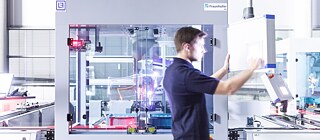
Industry is increasingly under pressure to meet demand for both economic production and environmental protection. Robert Miehe from the Fraunhofer Institute for Manufacturing Engineering and Automation IPA explains whether and how this might be possible.
Mr Miehe, what are the most important sustainability issues for German industry right now?
Climate change by a very wide margin. One of our surveys showed that 70 percent of the companies polled hope to become climate neutral by 2025. This is going to create a lot of pressure in the next four to five years. The circular economy is another key issue. It used to be purely about waste management but is now increasingly understood as an integrative concept that starts at product development and includes all steps along the way from production to recycling. And then there’s digitization: Around ten years ago, industry discovered the potential future power of Industry 4.0, which is seen as the driving force behind innovation. Sustainability didn’t really play a role in the beginning, but now people are increasingly trying to find digital solutions for sustainability issues as well.
Do industry and sustainability even go to together? Aren’t they mutually exclusive on principle?
The relationship between industry and sustainability is ambivalent. On the one hand, corporations contribute to environmental pollution and social conflicts. On the other hand, I feel that sustainable solutions can only take place within corporations via new technologies and innovations. Yet to get there, companies need to be open to new ways of thinking and new forms of cooperation. They have to toss out established patterns of thinking about growth and scaling potential, and about payback periods, and re-examine them – when the planned payback period for machines and systems is just two years, it limits options for long-term investment. My understanding is that industry is very aware of this need, thanks to the current zeitgeist and the efforts being made to reach the Green Deal.
What strategies can be used to make production more sustainable?
There are three basic strategies: First, a company can tweak the input-output ratio. This means either lowering the input needed for the same output quantity or generating more output with the same amount of input. This is the definition of efficiency and can be increased using new technologies. Energy is a classic example: At the institute, we are developing energy concepts that would allow the volatile supply of renewable energies to be used in production in a way that is not susceptible to disruptions and would cushion peaks in demand. Second, there is the effectiveness strategy. Here we take natural phenomena as a guide and pursue the goal of a circular economy. This might be achieved through industrial symbioses in which all stakeholders work together in an urban environment, for example. And finally, there is the sufficiency strategy, often discredited as a renunciation strategy. It can also be used very effectively for technical innovations. A purposeful product design can prevent defects and increase reparability. The sufficiency strategy also includes concepts for shared product use (keyword: car sharing).
Industry is often accused of focusing too intently on short-term, technical solutions. What do you think?
I absolutely agree. But I think it is hard to fault companies here, because they are also working within a certain framework. An established company or a group that employs several hundred thousand people cannot suddenly turn a two-year payback period into six years to facilitate longer-term investments. At some point, the company would no longer be competitive and would have to lay off employees. That’s why companies should explore potential. To my mind, the best way to do this is primarily through technical and systemic innovations, interdisciplinary collaboration, new markets and new technologies.
The Fraunhofer Institute established the “Biointelligence Competence Centre” where 40 scientists from different universities and Fraunhofer institutes work together on researching biointelligence. Could you talk about how this could help industry move towards sustainable production?
As a concept, biointelligence means completely rethinking production, such as by employing cellular production units that are much smaller and less centralized than those used today. We want to create a convergence of the life sciences, engineering, and the information sciences here and favour systems with decentralized production methods that consume local resources and make large complex supply chains obsolete. This is the ultimate vision that we are thinking and working towards. (see image gallery for examples)
What arguments are there then from a company perspective for investing in sustainability?
It depends on the field. Complying with environmental and sustainability legislation is a must because a company has to be in line with regulations or lose market access. Marketing is another factor. Companies are seeing customers grow increasingly invested in sustainability, think Fridays for Future. Unfortunately, sustainability reports are often no more than a marketing tool and, to me, represent a relatively embellished reality. The efficiency argument is the most important though: processes are optimized, resource consumption reduced, costs optimized. This is how we imagine lean management – the design of the value chain – combined with environmental management.
What needs to change to ensure industry changes?
It is difficult to blame industry for not changing if the political framework, consumption patterns and consumer behaviour stay the same. As long as there is no dramatic shift in the framework conditions, i.e. effective pricing of environmental impacts passed back to the producers, as is currently happening with the carbon price, industry will always find ways to maintain the current production methods in the medium term as well. This is difficult to resolve without either pressure or subsidies to create a new framework.
What are the greatest challenges facing industry in future?
The transparency of supply chains is an absolutely essential one, regardless of whether we are talking about climate change, the use of pollutants, conflicts, critical raw materials, social factors such as human rights violations or child labour or ecological ones such as greenhouse gas potential or eutrophication potential. Then there is the issue of the circular economy, a huge challenge, especially when it comes to thinking about the entire lifecycle from product development to complete recycling. The manufacturer is responsible for their products and should be required to provide procedures, dismantling guidelines, etc. for its products. Another challenge, at least in Germany, is how sceptical large segments of the population are toward future technologies such as artificial intelligence (AI) and biotechnology. There is no way around them as a society and as an industry if we want more sustainable production, yet we are seeing enormous reservations here. If we as an industrial hub do not manage to find solutions and scope for companies and research, we will be left behind for the foreseeable future. We can already see this happening in the AI sector. Once industry is no longer competitive, demand also moves away.
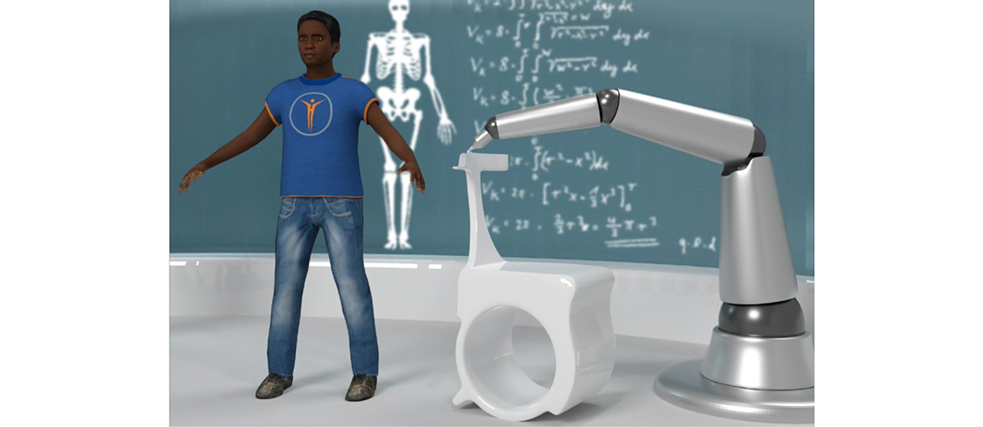
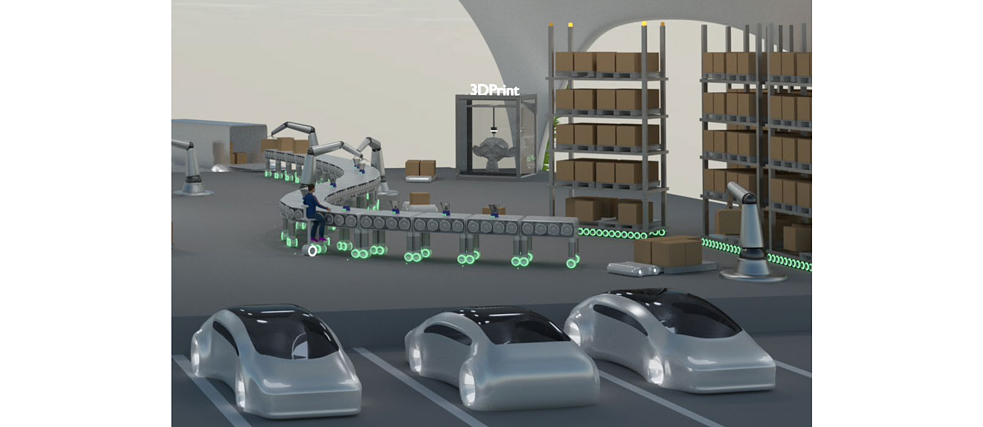
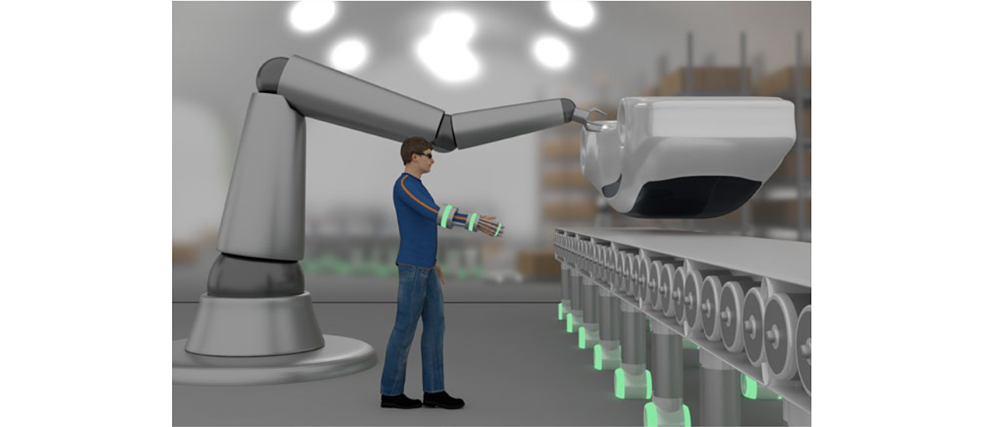
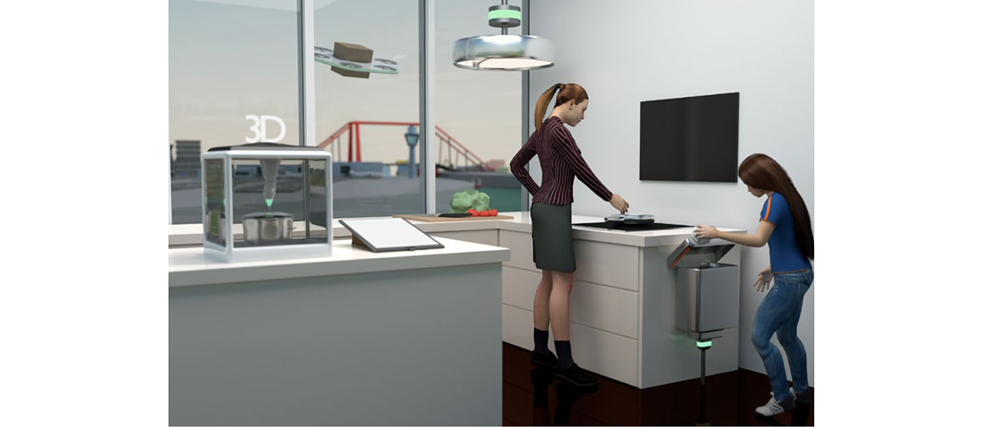
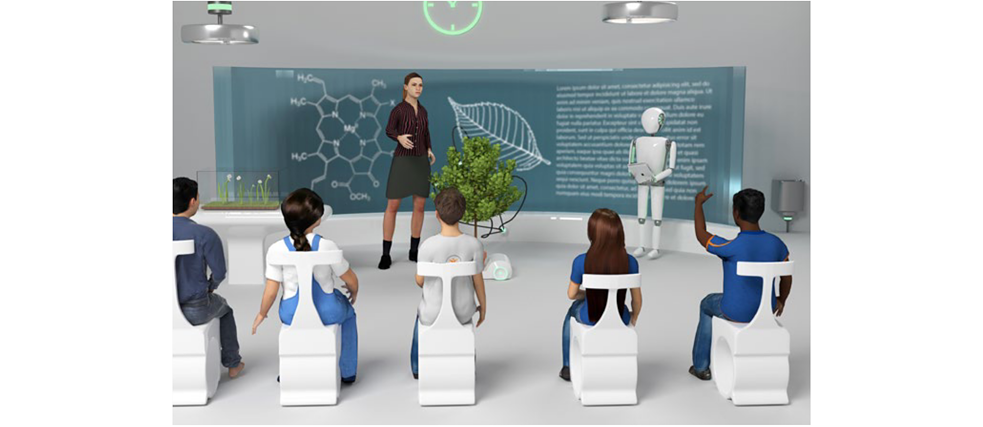
0 Comments